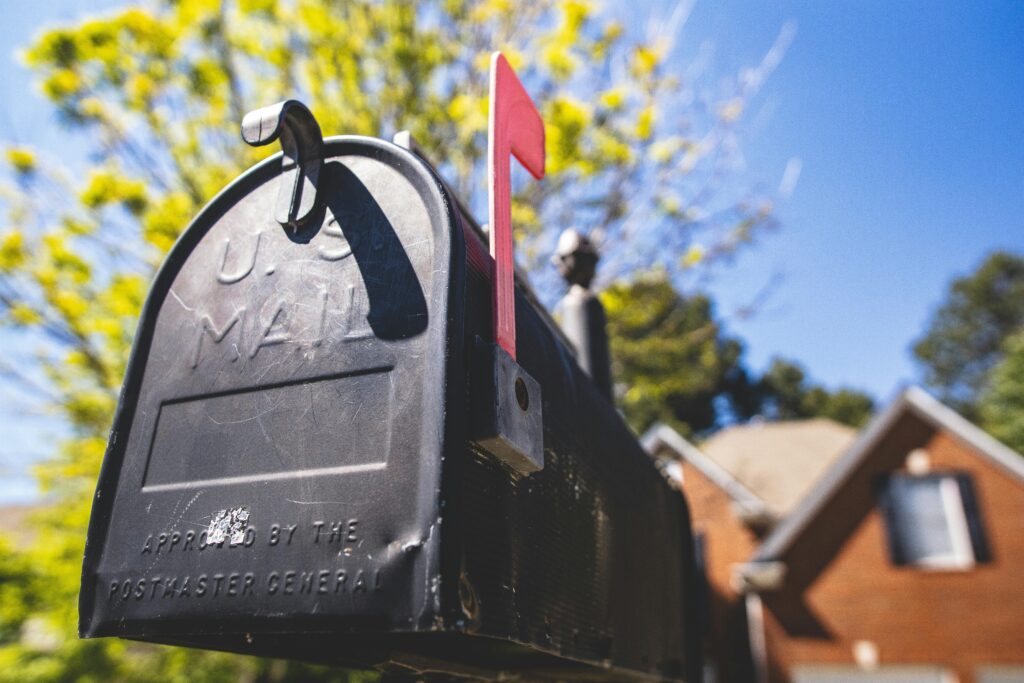What To Do Before Moving Out of Your House
Click here to browse our Real Estate Agent Directory and contact top-rated agents in your area!

Moving out of a house is a significant milestone. It often marks the start of a new chapter in your life. If you’re a first-time seller, you’ll quickly discover it is a lot of work.
The process involves numerous tasks, from minor repairs to organizing logistics like hiring movers and setting up utilities in the new home.
Each step is crucial for ensuring a smooth transition. I will guide you through essential pre-move actions, including making agreed-upon repairs, purchasing moving supplies, hiring movers, forwarding mail, and arranging utilities at your new residence.
From thirty-eight years of experience selling homes, I’ve seen how moving can be a challenging and stressful experience. Careful planning can ease some tensions, but most people don’t look forward to it. I just went through it two years ago, and it was not fun. It makes you not want to think about ever moving again, and it gave me a newfound appreciation for what my clients go through.
However, preparation, organization, and a checklist of what to do before moving out of a home can help you accomplish the steps without a hitch.
Let’s make your move as seamless as possible.
1. Make Agreed-Upon Repairs
One of the first steps in your relocation should be making any repairs you’ve agreed to based on the results of your home inspection. It will be good to get these done and out of the way. You won’t want anything hanging until the last minute.
Remember, you still need to satisfy the buyer. Having them complain at the last minute could delay your closing or create a situation where there is a holdback.
Assess the House
Sometimes, other issues that have nothing to do with the buyer’s home inspection can crop up. It’s Murphy’s Law: “Anything that can go wrong will go wrong.” Problems appear when you least want them to.
Identify areas needing repair and list them to prioritize tasks effectively. This step ensures you leave the house in an agreed-upon condition, avoiding potential disputes.
DIY vs. Professional Repairs
Evaluate each repair, deciding which you can do yourself and which requires professionals. Simple fixes like patching holes or repainting walls are manageable DIY projects.
For more complex issues like electrical work, I recommend hiring experts to ensure safety and compliance with standards. The contract may even specify that professionals must be used. If the buyer has an excellent real estate attorney, you can plan on this being the case.
Timelines and Budget
Set realistic deadlines for each repair, allowing time for unexpected delays. Budget carefully, considering both materials and professional fees. This planning prevents last-minute rushes and financial surprises.
It makes the repair process go more smoothly.
Final Walk-Through
After completing repairs, conduct a final inspection of the house. Ensure everything meets the agreed-upon standards. This step confirms that the house is ready for the buyers. You may ask your real estate agent to take a look to ensure they agree it’s complete.
You have completed your responsibilities, so it’s time to celebrate one milestone off your list of things to do.

2. Forward Mail
Before moving, one of the most critical things to do is change addresses and notify everyone of your move. One of the best things to do is have a checklist. A long list of people, businesses, and entities should be informed of your move.
You must complete all of them to avoid problems that will haunt you later. From experience, I can tell you it happens. Not only have a few of my clients forgotten specific parties, but I’ve done it myself.
You can update the address of your new place with the post office, but if you forget to notify a business, you won’t get your mail when the forwarding expires.
Update Your Address
Forward your mail by updating your address with the postal service at least two weeks before moving to avoid disruptions. I recommend you do it sooner. I tell my clients to change their address when they are confident of their move.
You then notify important contacts and services, including banks, the IRS, employers, and subscription services, of your new address. This comprehensive resource provides an exhaustive checklist of everyone you should notify of your move.
Manage Subscriptions and Services
Review your subscriptions and services, deciding which to transfer and cancel. Update your address for deliveries and online accounts. This step ensures you continue receiving mail and services without interruption after the move.
3. Buy Moving Supplies
Now, the real grunt work begins. You will start the arduous process of packing up your life. One essential tip for selling a home is to get these supplies early so you can do some work each day.
Essential Supplies List
Having the right supplies is crucial when packing. Start with the basics like sturdy boxes, strong packing tape, bubble wrap for fragile items, and markers for labeling.
Consider eco-friendly options like biodegradable packing peanuts or recycled paper for wrapping. These not only help the environment but often save money.
Organize and Label
Pack systematically, room by room, keeping similar items together. Label each box with its contents and designated room in the new house. This method streamlines unpacking, saving time and reducing stress upon arrival. Moreover, clear labeling of what room the boxes go in can save time and money when using movers.
You should mark boxes clearly for fragile items to ensure careful handling. This is helpful for movers.
4. Hire Great Movers
Research and Quotes
Begin by researching reputable moving companies. Look for reviews and ask for recommendations. Obtain quotes from multiple movers to compare services and prices.
Ensure they are licensed and insured, providing peace of mind during the move. A local real estate agent can be an excellent resource for top moving companies. I always recommend movers to my clients. They rarely have a bad experience. Most agents know who has a top-shelf reputation.
When selling a home, many mistakes must be avoided. One of them is picking the wrong mover!
Scheduling and Insurance
Choose a moving date carefully, considering the weather, work schedules, and school years. Discuss insurance options with your chosen company. Moving insurance protects your belongings and will compensate for any damage or loss during the move.
Preparing for Movers
Prepare your home before moving day. Disassemble furniture, if necessary, and ensure all boxes are properly sealed and labeled. Create a clear path for movers to navigate, removing any obstacles.
On the moving day, be available to answer questions and give directions. This helps facilitate a smooth process.
5. Set Up Utilities in the New Home
Research Before You Move
Before moving, identify the utility providers for your new home and research the best deals and service options for water, gas, electricity, internet, and cable.
Contact providers to schedule connections or service transfers to your new address. Doing this in advance ensures you have essential services from day one.
Transfer Services
You can transfer services to your new address if you stay within the same service area for specific utilities. Contact your current providers to arrange this. Provide your move-out and move-in dates to ensure an easy transition without service interruptions.
Final Check Before Moving Day
A few days before the move, confirm that all utility setups or transfers are scheduled. Also, check that you’ve completed the necessary paperwork or deposits. This final check ensures your new home will be ready when you arrive.
Conclusion
Moving out of a house involves detailed planning and execution. From making necessary repairs to ensuring the property is in good condition to organizing and labeling your belongings for a smooth move.
Hiring reputable movers, forwarding mail, and setting up utilities in your new home requires attention to detail and timely action.
This comprehensive approach facilitates a smoother transition and helps you quickly settle into your new home. By following these steps, you’re not just moving your belongings but ensuring your new start is as stress-free and welcoming as possible.
Remember, the key to a successful move is preparation. Start early and plan carefully; your move will be another exciting step in your journey.





